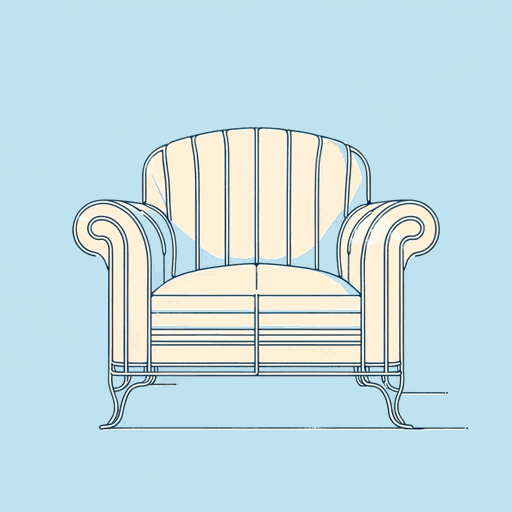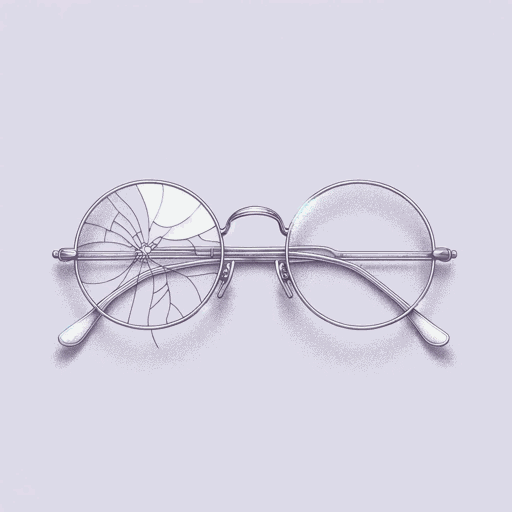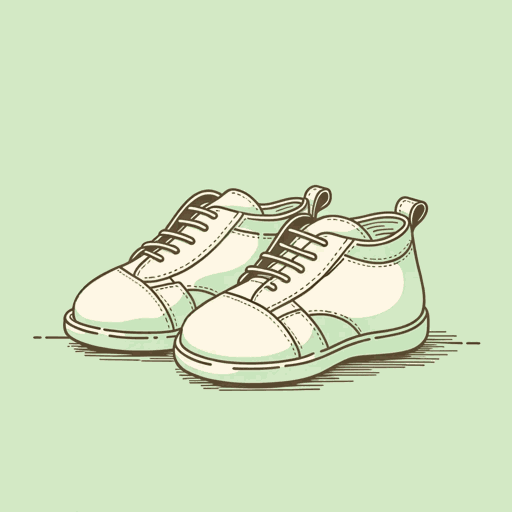39 pages • 1 hour read
Sigmund FreudThree Essays on the Theory of Sexuality
Nonfiction | Book | Adult | Published in 1905A modern alternative to SparkNotes and CliffsNotes, SuperSummary offers high-quality Study Guides with detailed chapter summaries and analysis of major themes, characters, and more.
Essay 3Chapter Summaries & Analyses
Essay 3 Summary: “The Transformation of Puberty”
In the third and final essay in this collection, Freud moves from childhood sexual development to puberty, traditionally viewed as the birth of sexuality in an individual. For Freud, the defining feature of puberty is that it moves the sexual impulse from an inward compulsion (the autoeroticism of childhood) toward outer compulsions: adolescents discover the opposite sex (if heterosexual) as an object of desire, and the idea of sexual union becomes the ultimate sexual aim. To this end, the sexual impulse becomes more closely centered upon the genital region in both males and females.
Freud discusses sexual tension and foreplay as forms of sexual pleasure that are preliminary to, or can even stand apart from, sexual intercourse. Freud warns that these forms of pleasure can become disruptive if they prevent full sexual union from taking place. He examines the nature of sexual excitement, discussing wet dreams, and writes about some of the interesting findings regarding castrated males—namely, that they can still remember or feel desire on a mental level even though they are no longer able to physically perform the act. Freud then talks about the libido, or sex drive, with a focus on how the sex drive becomes fixated on objects of desire.
Related Titles
By Sigmund Freud

Civilization And Its Discontents
Sigmund Freud

Moses and Monotheism
Sigmund Freud

On Dreams
Sigmund Freud

The Freud Reader
Sigmund Freud

The Future of an Illusion
Sigmund Freud

The Interpretation of Dreams
Sigmund Freud

The Uncanny
Sigmund Freud

